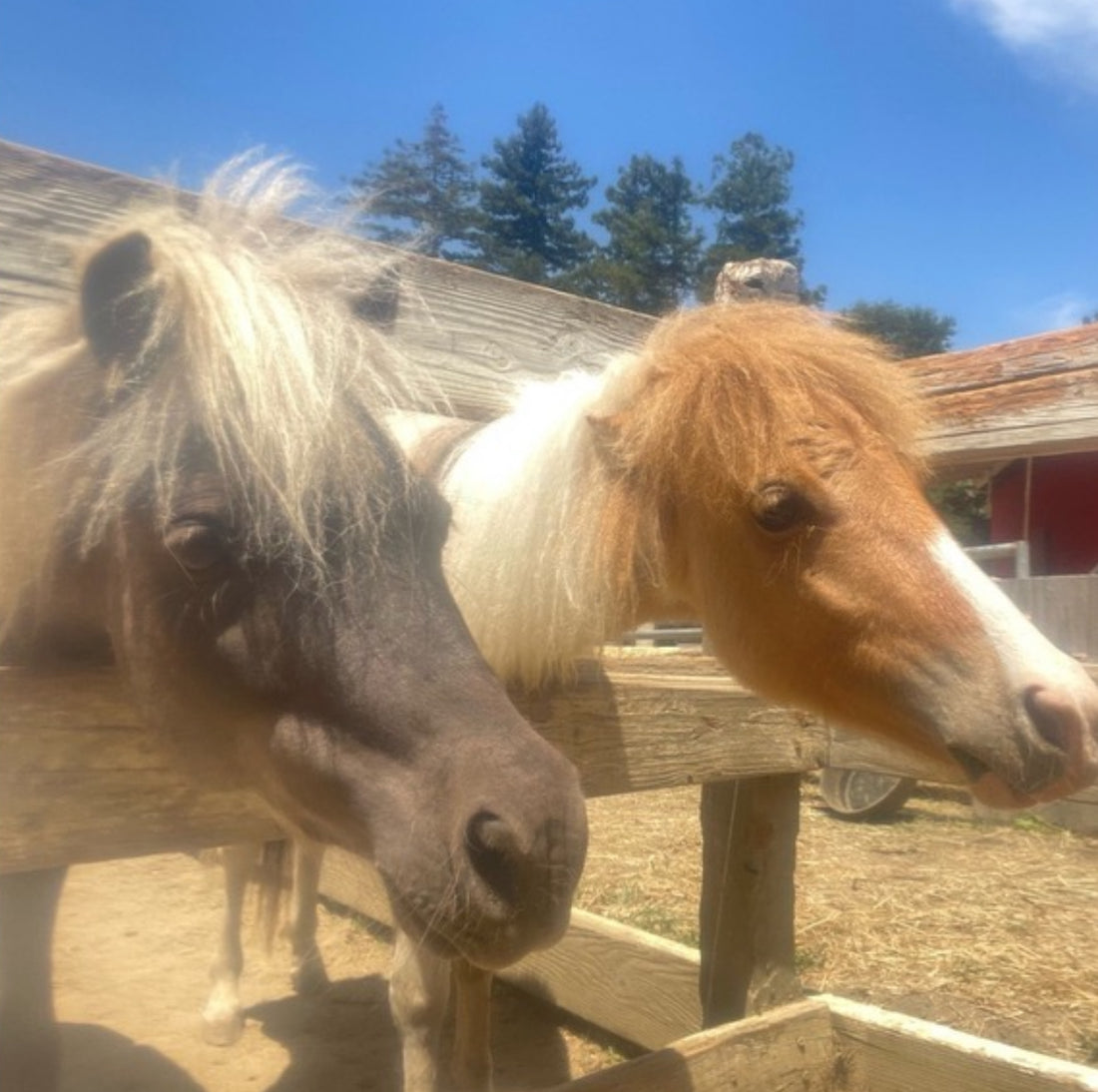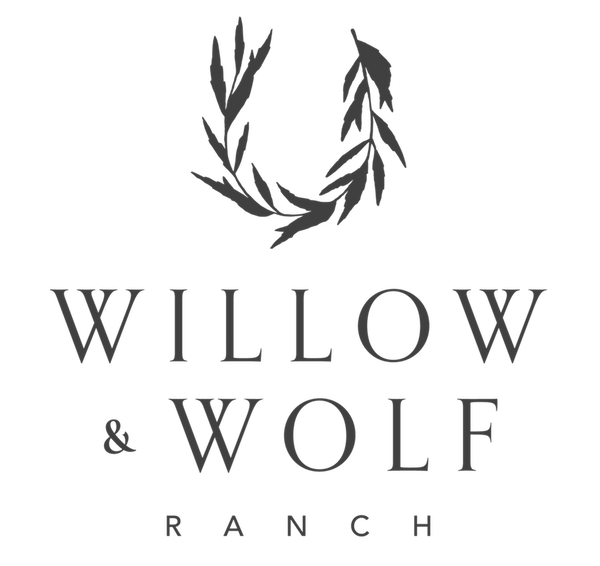Understanding Coat Patterns of White Hairs in Horses
At Willow & Wolf Ranch, we take pride in understanding the intricate details of horse coat patterns, especially those involving white (non-pigmented) hairs. These patterns are genetically determined and overlay the horse’s base coat color, influenced by red and black base genes as well as agouti (bay), gray, and dilution genes. Before exploring white patterns, we recommend familiarizing yourself with the basic coat colors.
White hairs occur where pigmenting is not allowed, and while the genetic mechanisms are understood for several white patterns, some remain debated. These patterns fall into the following categories:
1. White Markings
2. Roan Markings
3. Pinto Markings
4. Leopard Complex Markings
5. White Horse Markings
White Markings
White markings are non-pigmented hairs that uniquely identify individual horses. These markings are permanent and do not change with sunlight exposure. The skin beneath these markings is typically pink, although some horses exhibit white hairs overlapping pigmented skin, known as the sabino pattern.
White markings can appear on the face as stars, stripes, snips, or lower lip markings, and can combine in various ways. Limb markings range from distal white spots on the coronary band to full stockings extending beyond the knee or hock, often seen in pinto horses. These unique markings are crucial for horse identification on official papers.
Roan Markings
Roaning involves a mix of white and colored hairs throughout the body, excluding the head, which remains solid or darker. The transition line from head to neck is distinct. Unlike gray horses that progressively turn gray, roans are born with their characteristic pattern. Roan types include:
• Red Roan (Strawberry Roan): Over a red base coat.
• Bay Roan: Over a bay base color (red plus agouti gene).
• Blue Roan: Over a black base color.
• Dun Stripes: Can appear on roans.
Pinto Markings
Pinto horses feature distinct white patches on a solid-colored body, differing from the even mix seen in roans. The patterns are categorized as:
• Piebald: White patches on a black base.
• Skewbald: White patches on any non-black base color.
Pinto patterns include:
• Tobiano: Smooth-edged white markings, typically crossing the top line with a solid-colored head.
• Overo: Jagged-edged markings, usually horizontal, with predominantly solid limbs and often white-faced.
• Tovero: A mix of tobiano and overo patterns.
• Sabino: Characterized by roan spots, white legs above the knee or hock, and extended face markings.
Leopard Complex Markings
The leopard complex includes a range of patterns seen in Appaloosas and other breeds. Varieties include:
• Solid Color Leopards: Minimal to no white body markings, but with characteristics like striped hooves and mottled skin.
• Leopard: Colored spots on a white body, resembling a Dalmatian.
• Blanket: A white patch over the hips, potentially with spots.
• Few Spots: Mostly white with colored patches in specific areas.
• Frost: White hairs along the back, like frost.
• Varnish Roan: Scattered white hairs over the body, including the head, unlike true roans.
White Horse Markings
White horse patterns affect all hairs, turning them white, with underlying pink skin. These horses are born white and remain so throughout their lives. Their genetics are complex, involving dominant genes and possibly linked to the sabino gene. Unfortunately, many white foals suffer from Lethal White Syndrome due to a genetic mutation, causing fatal digestive tract issues.
At Willow & Wolf Ranch, understanding these patterns helps us appreciate the beauty and genetics of our horses. For more detailed information, refer to our coat color section.

